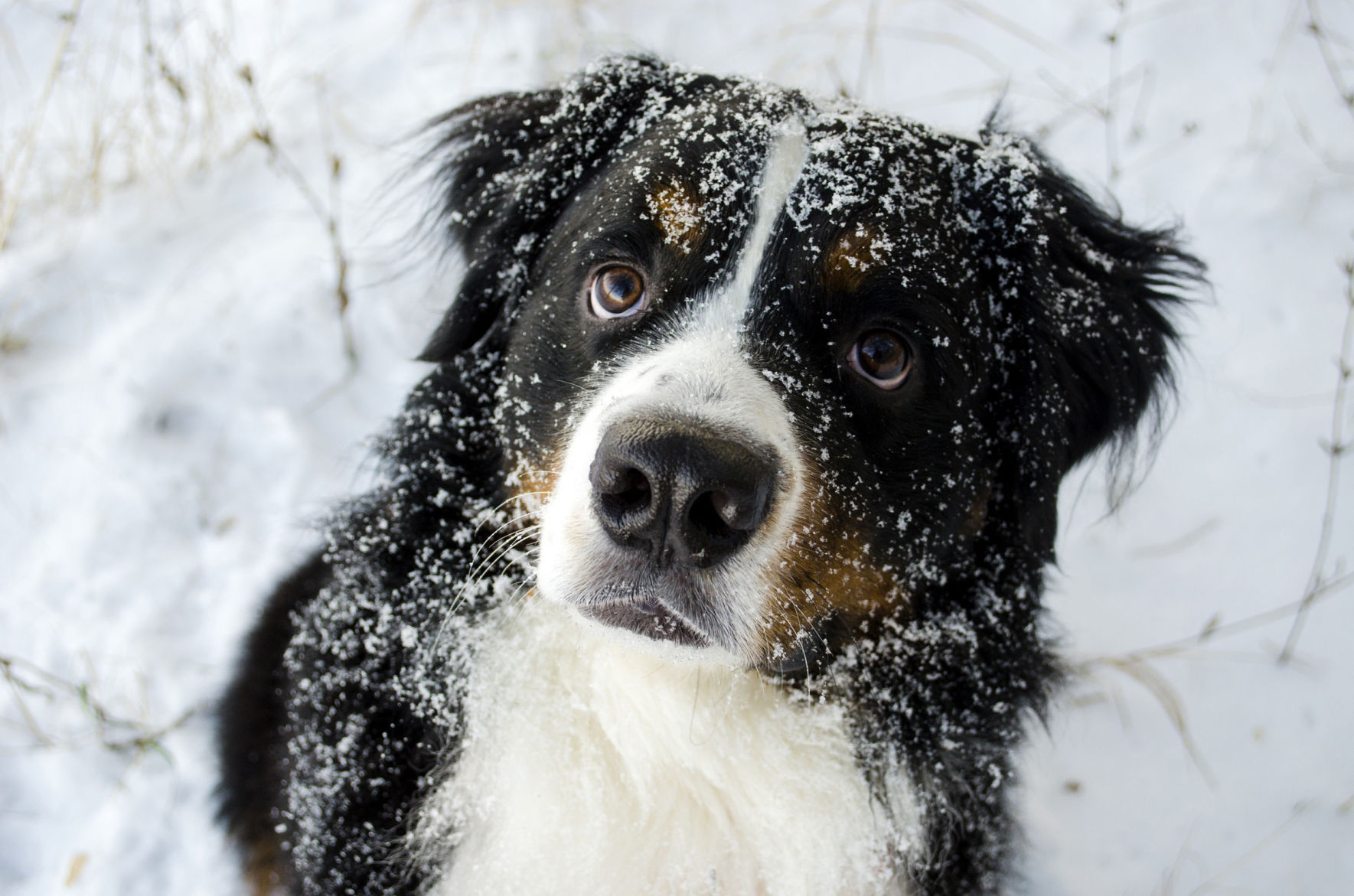As the days inch further and further into winter and frigid temperatures, Dr. Pavlovsky, director of the University of Illinois Veterinary Medicine South Clinic, has important winter safety tips for those caring for pets.
Just like humans, our pets can develop hypothermia, or a drop in their body temperature, after being outside in cold temperatures for too long. Hypothermia becomes even more likely for dogs that are housed outdoors.
“There is no straightforward answer to how cold is too cold and how long is too long to remain outside, because there are so many variables,” Dr. Pavlovsky says. “For most dogs, it is probably safe to be outside for a very short period—just enough time to eliminate—even in extreme cold. However, to be safe, it’s probably best to discuss this with your veterinarian, because there may be individual recommendations fitting one pet but not another.”
Likewise, how long dogs can be outside in relatively cold temperatures depends on the individual pet. However, Dr. Pavlovsky points out, “It is reasonable to assume that prolonged direct contact with snow and ice is more likely to result in frostbite.”
Dr. Pavlovsky also explores signs of cold exposure, ice melt products that may harm pets, and protection for pets when traveling during the holidays.
Read the full release from the College of Veterinary Medicine



